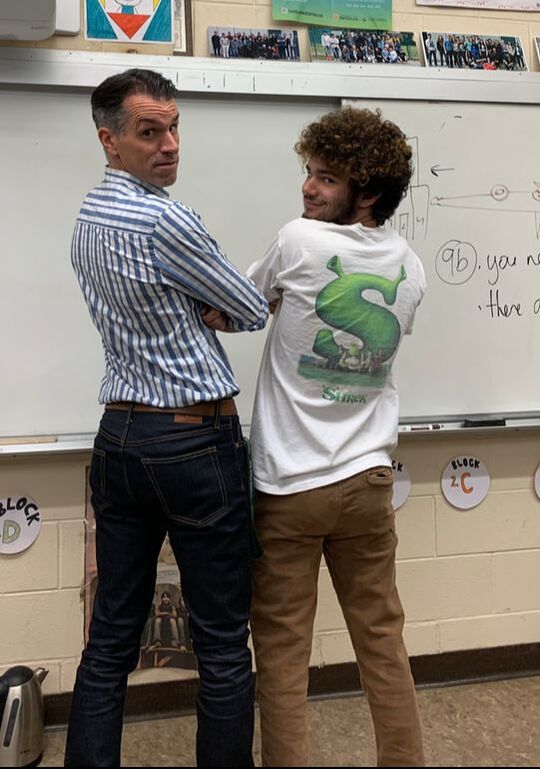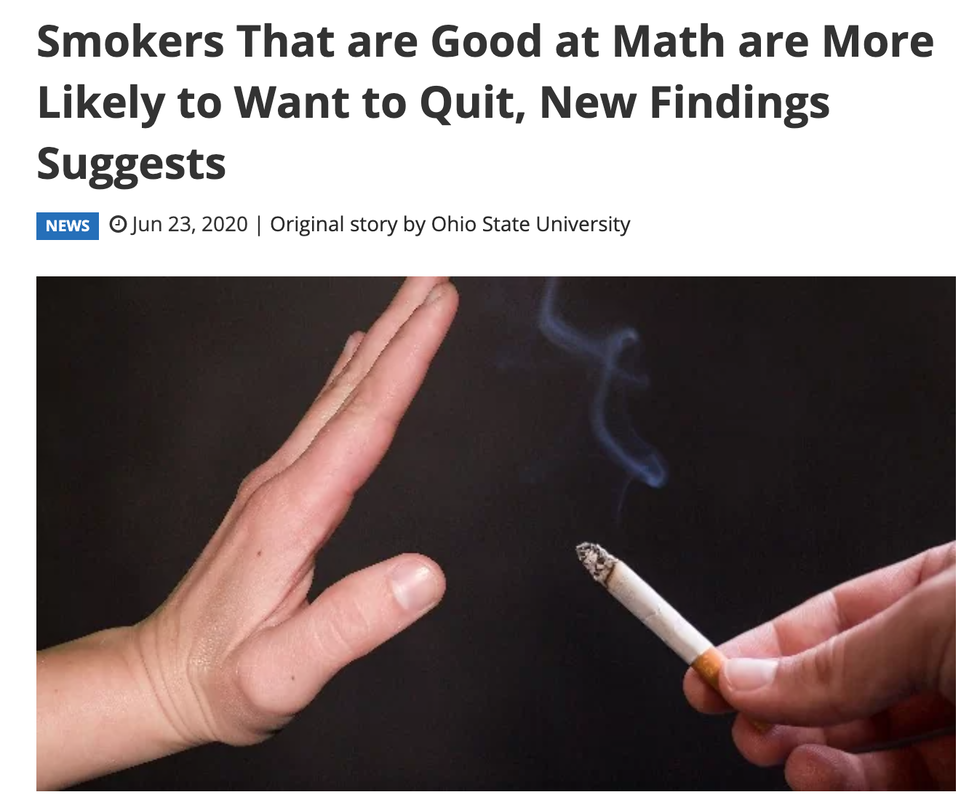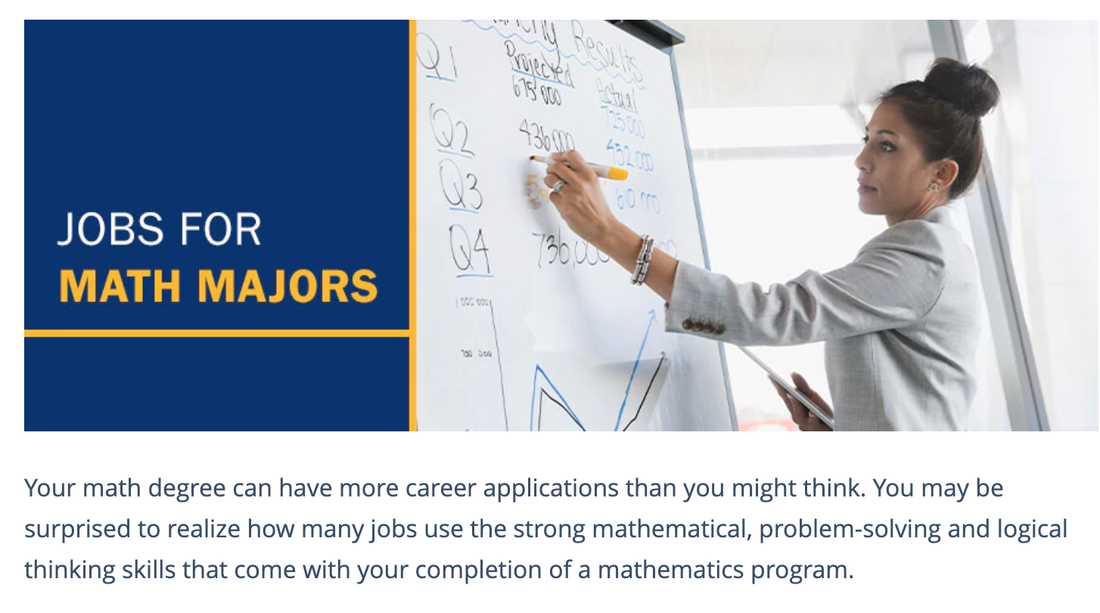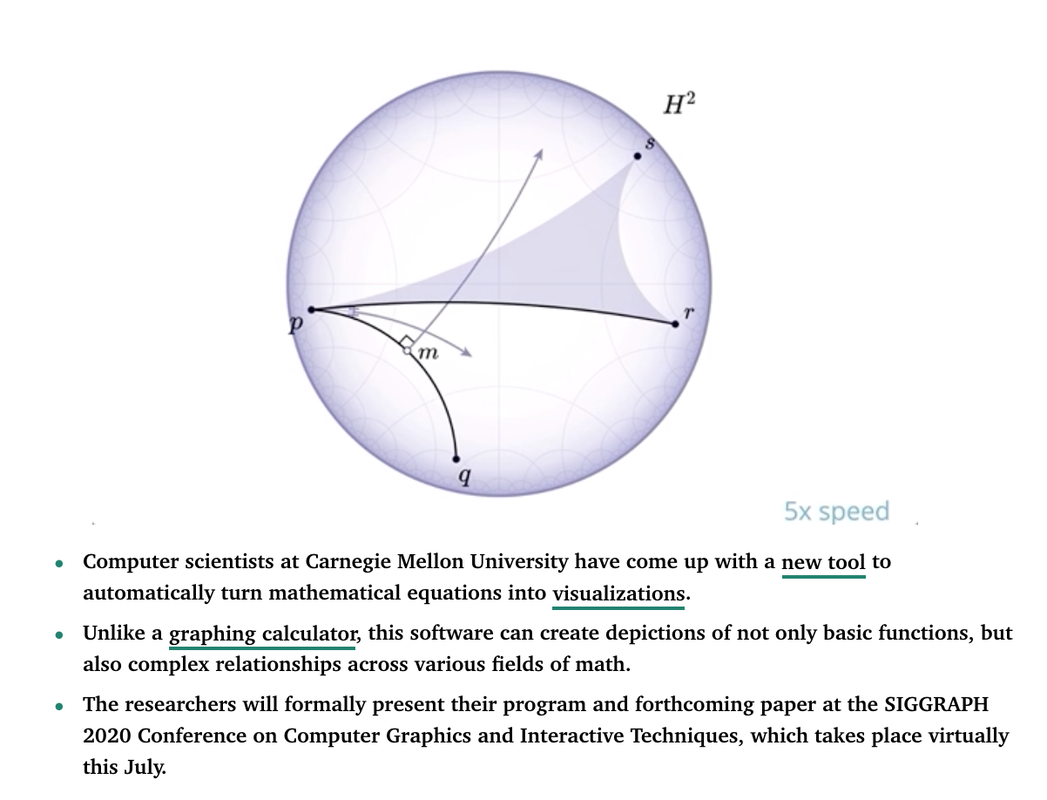I love students of all types. Quiet, studious ones. Loud, not-so-studious ones. Athletic. Artistic. Serious. Expressive. Iconoclastic. I just really love my students. But if I HAD TO choose a favourite type it could be someone who meets the following criteria:
- someone who consistently makes me laugh and isn't afraid to cause a little chaos during my lessons
- someone who works hard in class when it's time to do work.
Even more work super hard in class but don't provide many laughs (which is totally fine, of course!).
But Chaucer meets the above criteria perfectly. Over the past four years there have been SO MANY times when he has had me in hysterics (when I should have been teaching factoring or quadratics or something). Whether it was Pete Weber, the bowler ("who do you think you are, I am!"), his esoteric fashion sense, stories from his other classes, or... uh... this Lady and the Tramp re-creation...
BUT... he is also an excellent student. When it's time to work, he works. He tries, he asks questions, he stays on-task and up-to-date.
The perfect combo!
Something else I admire about Chaucer is his willingness to try new things. He is not the sort of person to worry about "what if I fail" or "what might go wrong"? Instead he jumps right in and makes the best of things. As an example, he recently started his own vintage T-shirt business. And though there has been some hiccups...
Oh wait! A third quality of the ultimate student: they love and will discuss MUSIC with me!! And Chaucer meets that quality too. It's the rare student (these days) that can comfortably discuss The Smiths, Black Sabbath, Rage Against the Machine, and Father John Misty without blinking an eye. Plus, he actually READS my end-of-the-year best albums list (The Shazzys!!).
Thanks for all the good laughs, Chaucer. You're a can't-miss prospect. You've got the smarts, the work-ethic, the charisma, and the kindness to take you to great heights. May you never lose your slightly twisted, always wonderful way of looking at the world. You are truly a most memorable student. Love ya!














 RSS Feed
RSS Feed